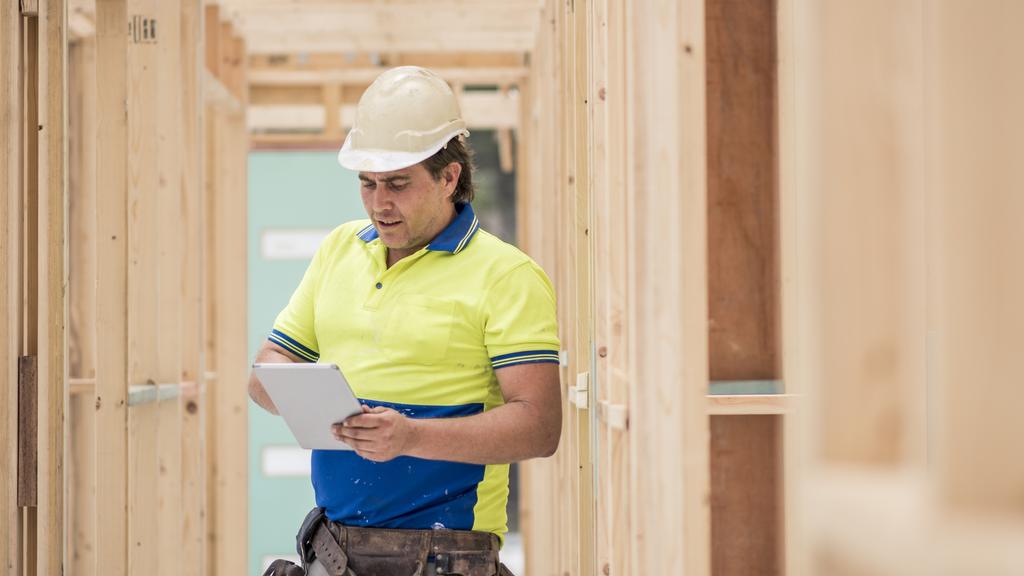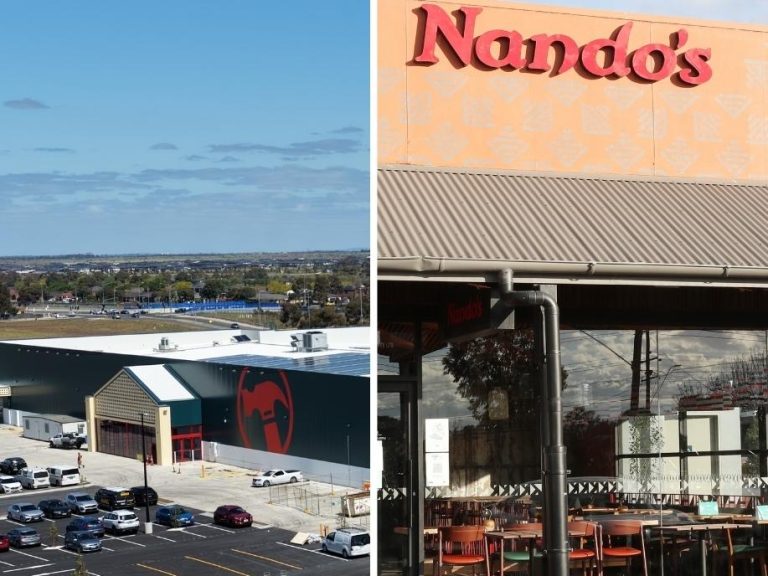Queensland property markets sees land approval times triple

Despite record construction activity across the state, South East Queensland is failing to keep up with demand for residential lots.
The influx of interstate buyers into South East Queensland during the pandemic has driven a blowout in approval times for land and poured stress on already stretched rental markets.
A new report from RPM Group on the region’s housing crisis has revealed new lots are taking triple the time to deliver than two years ago due to delays in land settlements.
Slower delivery, less available housing stock and a higher population are tightening rental markets across the region.
Buyers are being forced to wait a median 208 days after signing a contract to settle on residential lots, more than double the 96 days they had to wait in 2021 and triple the time in 2020 (67 days).
RPM Group Queensland managing director Clinton Trezise said homes were being held up from being built fast enough.
“Despite record construction activity across the state, South East Queensland is failing to keep up with demand for residential lots,” Mr Trezise said.
“This is partly due to the combined impact of sustained demand, material shortages and labour constraints. However, the key issue remains a shortage of development sites coming to the market in high-demand areas.”
South East Queensland recorded 17,583 lot registrations in 2022 – reflecting urban and large-lot residential land, and unit lots – well down on the 31,545 lots in 2017 at the peak of the region’s development cycle. New dwellings currently under construction total 40,290.
The sluggish outcomes came as the state was hit with 55,418 interstate arrivals in the 12 months leading up to June 2022, with many settling in the South East region.
Land supply was found to be robust, with a combined 29,208ha of sites earmarked for development of 399,130 dwellings. The lion’s share of land was on offer in Logan and Ipswich, with the pull of lower price points compared with southern states.
However, most new Queenslanders were drawn to the Gold and Sunshine coasts. A third of buyers in Noosa were from interstate, while 23 per cent of sales in Surfers Paradise were not local, as were 29.34 per cent in Broadbeach.
The RPM report found despite greater numbers of people, there was a significant drop in the number of bonds held by the Rental Tenancies Authority in the past year, with falls on the Gold and Sunshine coasts, while Brisbane was the only local government area where more dwellings entered the rental pool during the year.
The problem is likely to worsen, says RPM Group Queensland managing director Peter Neale, with government forecasts suggesting the state will gain 766,000 new residents by the 2032-33 financial year.
“The combined data clearly shows the real pressure points for the property market as Queensland faces unprecedented demand led by record interstate arrivals,” Mr Neale said.
“At the heart of the issue is the availability of land which is not translating into adequate stock that is ready to build on, meaning that South East Queensland is falling well behind in meeting the needs of a booming market.”
Queensland recorded 55,418 interstate arrivals in the 12 months to June 2022, the most of any state, with the majority of those arrivals settling in the South East corner.






